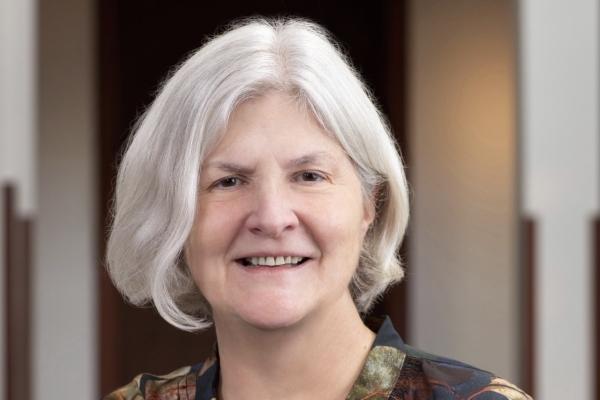
Good Ideas Don't Get Bogged Down by Tradition
Nancy Andrews, MD, PhD, is Executive Vice President and Chief Scientific Officer at Boston Children's Hospital and Professor in Residence in Pediatrics at Harvard Medical School. She was Dean of the School of Medicine and Vice Chancellor for Academic Affairs at Duke University from 2007-2017.
What were your main priorities as Dean?
Nothing was more important than recruiting outstanding talent for leadership, faculty, students, and staff, from the largest and most diverse pool possible, and celebrating diversity.
We built the first new medical education space in 80 years, the Trent Semans Center. We started new educational programs, including Duke AHEAD, the primary care leadership track, the master of biomedical sciences program, master’s and PhD programs in biostatistics, and others.
We collaborated to launch MedX as a joint venture between the Pratt School of Engineering and the School of Medicine, taking advantage of proximity and a shared interest in applying scientific knowledge to solve real-world problems.
What were some of your biggest challenges?
While far less disruptive than the Covid pandemic that came later, the 2008-2009 economic downturn had a big impact. We were very fortunate when the federal government set up its stimulus program. Funding through the National Institutes of Health allowed us to launch the partnership hires program to bring in faculty who were jointly recruited by two or more departments, programs, institutes, and to start both the interdisciplinary colloquia and the core facility voucher programs.
Perhaps the most important challenge was recruiting 21 new department chairs, many of whom continue in their roles today.
What were your greatest satisfactions?
Unquestionably, it was the people that I worked with. The members of my senior team were all terrific, as were our department chairs and other leaders across the university. When Sally Kornbluth moved on from serving as our vice dean for basic science to become provost, she became a great partner in facilitating collaborations between the medical school and the rest of the university.
What sets Duke apart?
A few things come to mind, and most have to do with Duke's relative youth. 100 years old may not sound young, but Duke’s peer institutions are much older. I attribute its nimbleness, and its agility to being less set in its ways. At Duke somebody could have an idea, and I'd be able to say, "Yes, I think we can do that; let's work out how we're going to get it done." That's very special at Duke. Good ideas don’t get bogged down by tradition or excessive process. That agility is a real strength.
You were the first woman to serve as dean of the School of Medicine, and at the time, the only woman leading any of the top 10 medical schools in the US. What did that mean to you?
It surprised me that I was considered a first. I wasn't the first woman dean of a medical school, but when I started the other women deans were at smaller schools, and schools that were not research-intensive. The rankings favor schools that emphasize research. Over the past decade there have been more women leading top medical schools, including my wonderful successor, Mary Klotman.
What are the challenges still facing women in science?
In many ways they're the same challenges that have been around for decades. They're just not as obvious. People are reluctant to use the word “discrimination” today, but women often continue to face inequities in salary, in administrative support, and in being sponsored for advantages and honors. When you're tuned into the inequities, you see them. When you're not tuned into them, it's easy to believe they don't exist.
It’s easier now to find senior women in leadership. There are many women department chairs at Duke, and I was very proud to have recruited some of the early ones in the School of Medicine. Early career women generally feel that they have the same opportunities as men. But many mid-career and senior women perceive that they're not being treated the same as their male colleagues. There’s still work to do.
How can we address that?
Keep paying attention to it, talk about it, shine a light on it, hold leaders accountable to try to fix it, and validate for the people experiencing it that, “Yes, it's real. It's not just your imagination.”
Story originally published in DukeMed Alumni News, Fall 2024.